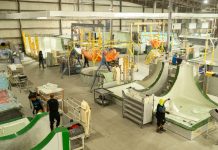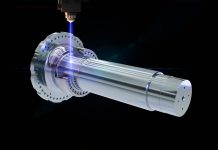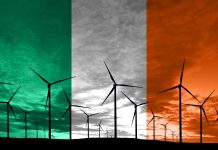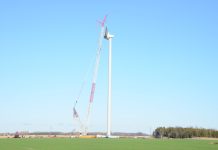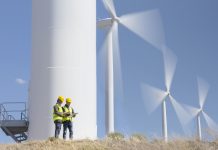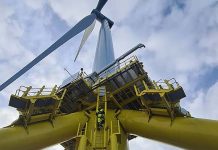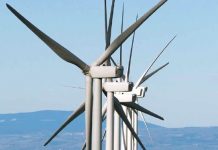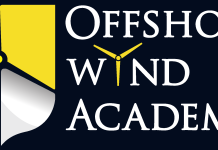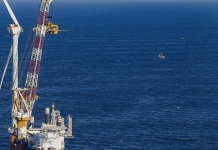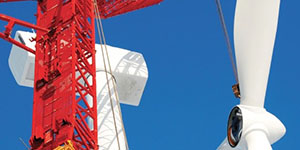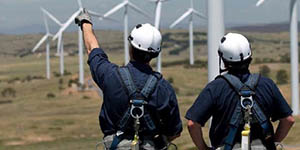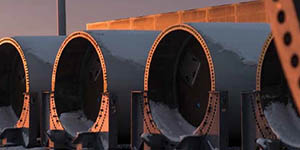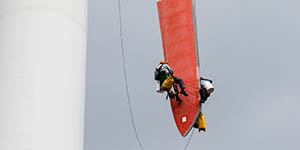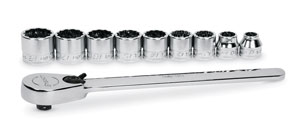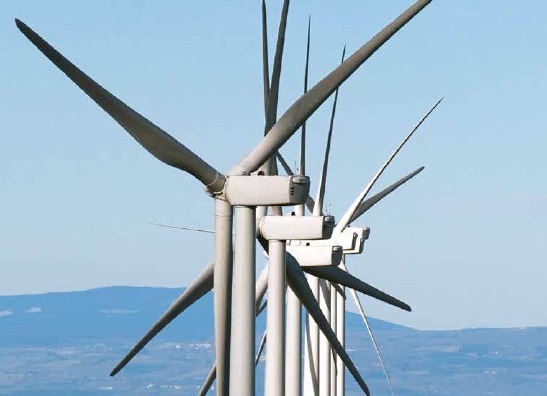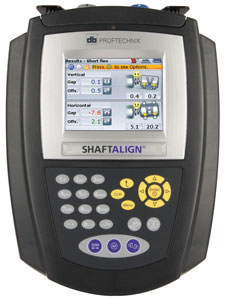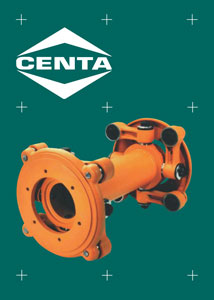There’s nothing more frustrating than facing a tough fastener job in close quarters and not having the right tool. It’s a real world, everyday problem. Low-profile socket/ratchet sets from Snap-on Industrial—a leader in tooling solutions for mechanical, hydraulic, and industrial applications—answer the need for sockets and ratchets that fit cramped quarters. Sizes include 1/4” drive metric and fractional and 3/8” drive metric and fractional, all up to 33 percent shorter than competitive options. Applications run the gamut, from wind-power turbines in the renewable energy market to aircraft and aerospace segments.
The 1/4” drive metric set features a low-profile ratchet and 10 six-point, low-profile sockets. A mini-ratchet with a 72-tooth gear means maximum torque with minimal movement in tight spaces. A thin handle design and easy-action reverse lever allows greater access in small areas. Socket sizes range from 5mm to 13mm. Also, a 10-piece, 12-point, low-profile socket/ratchet set is available in fractional sizes ranging from 3/16” to 9/16”. This set is applicable in a variety of markets, particularly aerospace.
The 3/8” drive sets feature an 80-tooth, low-profile ratchet and either nine six-point or nine 12-point low-profile sockets; metric socket sizes range from 8mm to 18mm, with fractional sizes ranging from 1/4” to 3/4”. The 3/8” square drive also works with standard sockets. Thanks to Dual 80™ technology and a tighter torque ratio, the 3/8” ratchets require only a 4 ½-degree arc to engage the next gear tooth. The dual pawl ratchet mechanism engages seven teeth to provide strength and durability.
All Snap-on Industrial low-profile sockets and ratchets are manufactured from a special alloy steel that’s forged to exacting tolerances and heat treated for optimum strength and durability. Nickel-chrome plating protects against corrosion and makes each piece easy to wipe clean.
The low-profile socket/ratchet offering from Snap-on Industrial recently won a Top 20 Tools award from Motor Magazine. Snap-on won a U.S. Technicians’ Choice Award for best overall hand tools from Frost and Sullivan in 2008. For more information call (877) 740-1900 or visit www.snapon.com/industrial.



